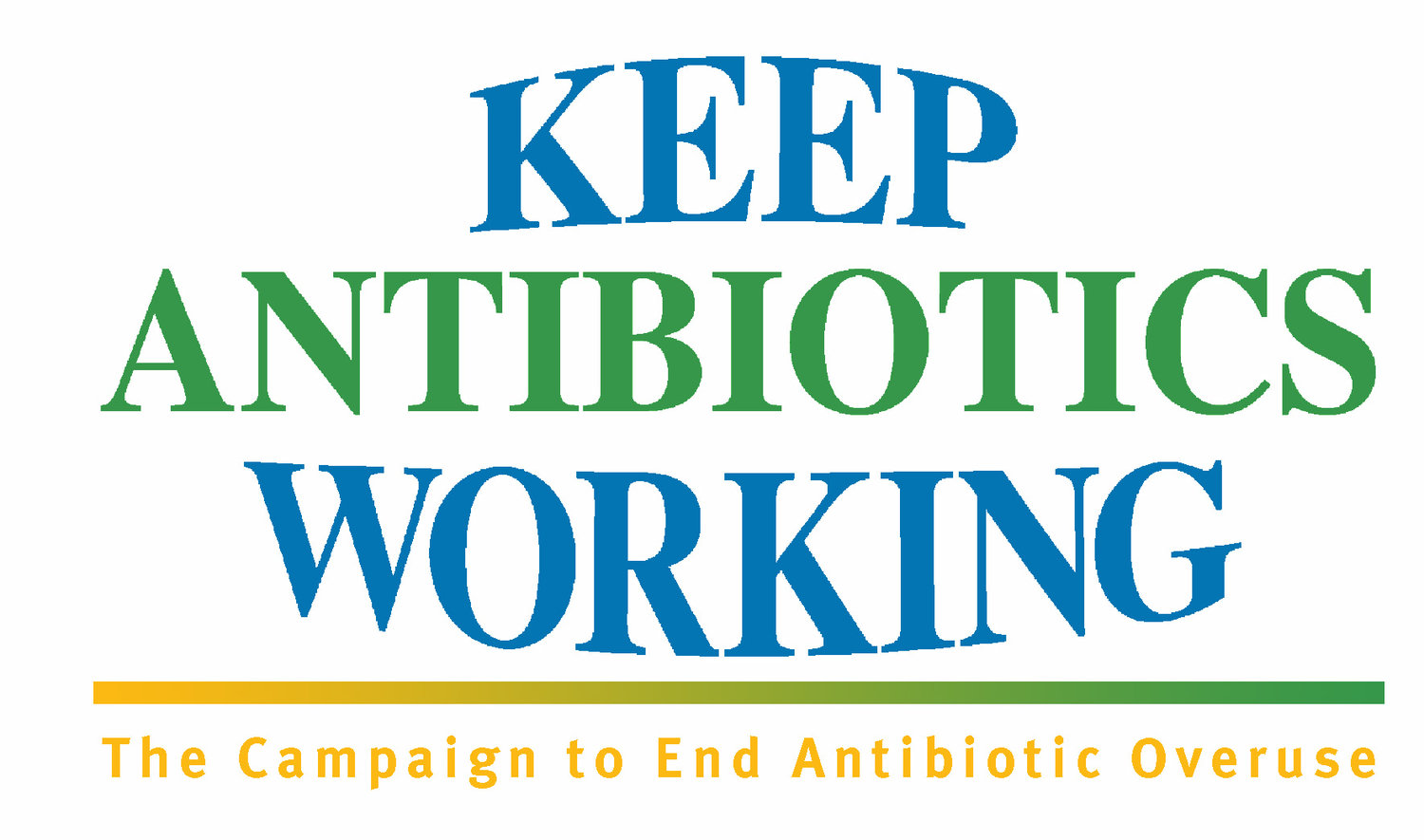STEVE ROACH, SAFE & HEALTHY FOOD PROGRAM DIRECTOR, FOOD ANIMAL CONCERNS TRUST
You may have heard of regenerative agriculture. It has been getting a lot of attention lately as a potential solution to climate change. There is no agreed upon definition of regenerative agriculture, but most often it refers to agricultural practices that improve soil health and increase the amount of carbon stored in the soil. For crop farmers, regenerative agriculture may refer to planting cover crops and minimal tillage. Right now, there is a lot of money, both private and public, for research into the carbon storage potential of agricultural land or to promote these practices. What is unclear is how realistic these practices are as a solution to climate change. There are many unanswered questions about how much carbon can be stored in soil and how long it will stay. Particularly since the most popular of these practices are fairly short lived and the ground will eventually be tilled, releasing much of its stored carbon. Regenerative agriculture can also prop up the industrial factory farming system if it is used to support the production of feed for animals kept in confinement. Regenerative agriculture is a useful concept but only if it goes beyond a single-minded focus on soil health and includes regenerating the health of animals, people, and the environment.
Food Animal Concerns Trust (FACT) is mainly interested in regenerative grazing. Regenerative grazing is managing herds of animals to improve the health of the soil and the vegetation growing on it. It most frequently refers to moving animals relatively quickly from one section of pasture to another at a higher density than if they were to spread out into a larger pasture. It must be adapted for each location where it is practiced to adjust for differences in climate and vegetation. This has several advantages. Under regenerative grazing, plants are not eaten all the way to the ground and are given time to regrow before cattle are allowed to graze that area again. This keeps the plants healthier which increases root growth and reduces soil erosion. It also keeps cattle from selectively grazing the choicest vegetation and leaving the less tasty weeds.
Done well, it leads to healthier pastures and healthier cattle. This makes raising cattle on pasture more profitable for the rancher which in turn could lead to more farms and ranches keeping cattle on pasture or keeping them on pasture longer. This is important because most cattle in the U.S. spend very little time on pasture before being transferred to giant barren feedlots where the bulk of their diet is made up of annual crops not grasses. Finishing cattle in feedlots creates a lot of problem for the environment and for cattle and human health.
Most feedlots are in areas separate from where the grains they are fed are grown. This creates a problem of what to do with their manure since it is expensive to ship it back to where the crops came from so it is treated as a waste product. In addition, raising corn and soy beans for animal feed has many negative environmental effects including water pollution from fertilizer run off, heavy use of energy intensive inputs, and destruction of pasture lands and forests as these are converted to crop fields.
The system of raising cattle on feedlots is also terrible for animal health. Calves are taken from their moms, immediately shipped across the country, mixed with a bunch of other cattle in barren manure covered pens, and then given a high energy diet that they are not meant to eat. The stress of shipping and mixing leads to very high levels of respiratory disease. The grain-not-grass diet causes numerous health problems most prominently liver abscesses. Both respiratory disease and liver abscesses are “managed” with routine antibiotics. This means shots of long-lasting high-powered antibiotics on arrival, followed by two to three weeks of high doses of tetracycline antibiotic in the feed to control the respiratory disease in these “high risk” cattle. Then once they are over the high-risk period for respiratory disease, it means feeding daily doses of the critically important antibiotic tylosin to keep the liver abscesses from the high grain diets at acceptable levels.
All of these antibiotics create and spread antibiotic resistant superbugs that lead to difficult to treat illnesses in both people and animals. The superbugs pass from the animals to farm workers and their families, contaminate meat, and enter the environment as manure is spread and then blown away by wind or washed away by rain. Once in the environment superbugs can cause illness when people contact them in water or eat produce contaminated by them through irrigation water.
All of this is unnecessary. Cattle on pasture rarely need antibiotics. If more people shift to the grazing systems that FACT supports, more cattle can be raised without antibiotics. This is actually not a new idea although it would be good if more people today paid attention to the broader benefits of regenerative agriculture beyond soil health. In the early 1980s, when Rodale Institute first used the phrase regenerative agriculture one of the goals was stopping antibiotic overuse. Now that regenerative agriculture is becoming popular, it would be great if more people paid attention to these potential broader benefits. For regenerative agriculture to lead to the transformation needed in our food system, it must include these broader issues otherwise it will become just another greenwashing tool of big agriculture.

